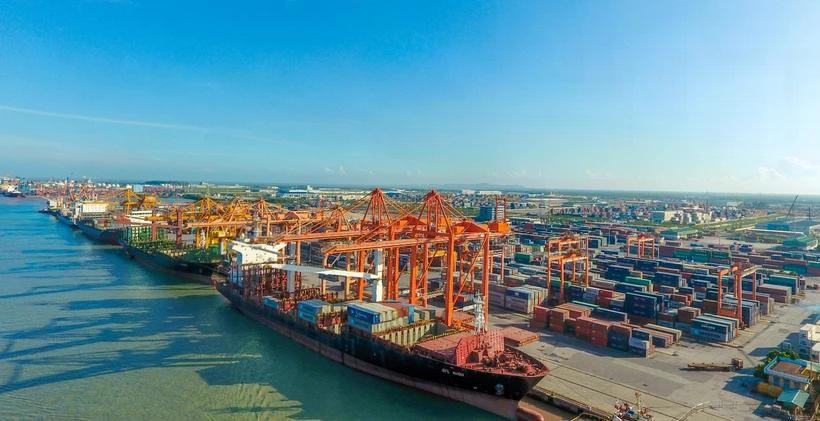
Quang Ngai seaport in the period of 2021-2030, with a vision to 2050, has been planned and provided with orientations and solutions to improve the capacity of customs clearance of goods and passengers and meet the needs of local socio-economic development.
Target of nearly 50 million tons of goods
In the decision approving the detailed planning for the development of land and water areas of Quang Ngai Seaport in the period of 2021-2030, with a vision to 2050 of the Ministry of Construction , Deputy Minister of Construction Nguyen Xuan Sang said that Quang Ngai Seaport includes Dung Quat, Sa Ky, My A, Ben Dinh (Ly Son Island) wharf areas and other potential ports according to the planning of Dung Quat Economic Zone to serve the exchange between the mainland and Ly Son Island and local socio-economic development; anchorage areas, transshipment areas, and storm shelters.
By 2030, Quang Ngai Seaport will have a cargo capacity of 47.2-48.2 million tons (not including cargo from expansion/new construction projects of the Iron and Steel Complex); passengers of 1.13-1.26 million passengers. The port has a total of 11 wharves including 41 wharfs with a total length of 8,251.5m (not including other wharves).
Specifically, Dung Quat Port area, goods passing through the wharf are from 38-38.8 million tons (not including goods from expansion/new construction projects of the Iron and Steel Production Complex), with a scale of 9 ports (including 38 wharves) with a total length of 7,861m (not including other ports).
Sa Ky Port has cargo from 0.4-0.5 million tons; passengers from 554,800-613,300 passengers; scale has a port including 2 wharves.
Ben Dinh Port (Ly Son Island) will receive 0.2-0.3 million tons of cargo; 577,400-648,600 passengers.
The Ministry of Construction also plans the total land use demand according to the plan until 2030 to be about 217 hectares (not including areas for developing industrial parks, logistics... associated with the port).
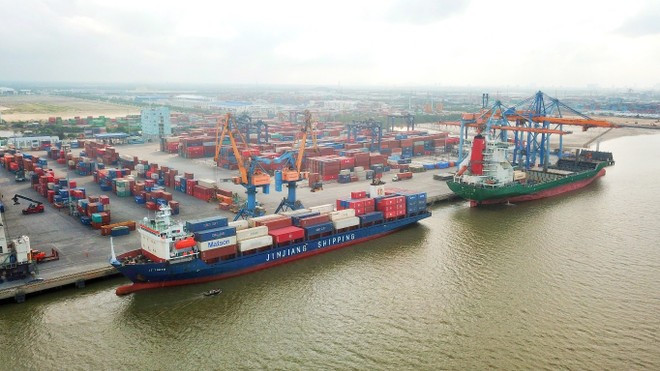
With a vision to 2050, the Ministry of Construction will continue to develop new ports to meet the demand for goods with an average growth rate of about 4.5-5.5%/year.
During this period, other ports include: Dung Quat Shipyard Port (including wharf No. 1, 420m long, receiving ships with a capacity of up to 300,000 tons empty or larger when qualified; 2 material import wharfs with a total length of 292m for ships with a capacity of up to 10,000 tons); marinas serving tourism; ports serving state management agencies, research, training, education, and maritime service provision ports; ports and wharves attached to the main wharf areas that play a role in supporting the collection and clearance of goods by waterway.
On that basis, the Ministry of Construction calculates the capital investment demand for the seaport system by 2030 at about VND 10,830 billion, including investment capital for public maritime infrastructure of about VND 2,870 billion and investment capital demand for ports of about VND 7,960 billion (including only ports providing cargo handling services).
Call for socialization of seaport investment
To realize investment capital, the Ministry of Construction continues to improve mechanisms and conditions to mobilize diverse domestic and foreign resources to participate in investing in developing seaport infrastructure according to planning and institutionalizing solutions on decentralization and delegation of authority to mobilize resources; exploiting resources from land funds, water surfaces, revenue from leasing and exploiting port infrastructure invested from the budget; promoting socialization of investment in developing seaport infrastructure...
The Ministry of Construction will have a mechanism to attract investment in port construction, especially ports serving common areas in economic zones, industrial zones, and industrial clusters to improve the efficiency of port investment, land funds, and water surfaces; support port enterprises in the investment and construction process, especially the progress of site clearance.
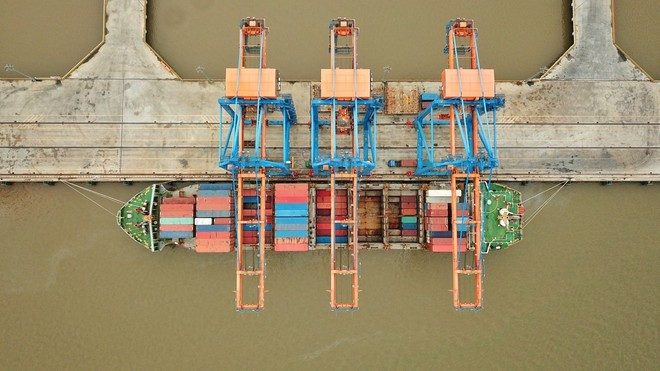
In addition to maximizing the capacity of port infrastructure to unload a variety of goods, prioritizing container loading and unloading, and serving the needs of Dung Quat Economic Zone, the Ministry of Construction invests in developing wharf areas in sync with the transport infrastructure connecting behind the port; building a mechanism to attract shipping lines and maritime agents to develop at the port area.
The Ministry of Construction encourages port investors to apply modern science and technology, engineering, digital technology and digital transformation in the construction, management and exploitation of seaport systems; promote the conversion of vehicles and equipment using electricity, green energy or have equivalent measures at newly invested ports, additional investment ports and existing ports that meet green port criteria.
“Existing ports are allowed to be renovated, upgraded, and newly built in accordance with the scale, function, and ship size specified in the detailed planning of seaports, ports, wharves, buoys, water areas, and water regions for the 2021-2030 period, with a vision to 2050,” Deputy Minister Nguyen Xuan Sang emphasized.
At the same time, the Ministry of Construction also strengthens the connection of dry port systems, cargo distribution centers, post-port logistics services and logistics services to support seaport operations; links between seaport enterprises, shipping lines and logistics companies in the area with dry port operators, warehouses, and transportation service providers to form a service chain, aiming to form a logistics ecosystem to support cargo owners from transportation, storage to product distribution...
According to Vietnam+
Source: https://baogialai.com.vn/can-hon-10800-ty-dong-de-dau-tu-cang-bien-quang-ngai-toi-nam-2030-post316405.html


![[Photo] Coming to Son La, let's "show off" with the Wallflowers](https://vphoto.vietnam.vn/thumb/1200x675/vietnam/resource/IMAGE/2025/5/21/627a654c41fc4e1a95f3e1c353d0426d)

![[Photo] Prime Minister Pham Minh Chinh receives the President of Asia-Pacific region of PowerChina Group](https://vphoto.vietnam.vn/thumb/1200x675/vietnam/resource/IMAGE/2025/5/21/0f4f3c2f997b4fdaa44b60aaac103d91)
![[Photo] Prime Minister Pham Minh Chinh receives Rabbi Yoav Ben Tzur, Israeli Minister of Labor](https://vphoto.vietnam.vn/thumb/1200x675/vietnam/resource/IMAGE/2025/5/21/511bf6664512413ca5a275cbf3fb2f65)
![[Photo] Scientific workshop "Building a socialist model associated with socialist people in Hai Phong city in the period of 2025-2030 and the following years"](https://vphoto.vietnam.vn/thumb/1200x675/vietnam/resource/IMAGE/2025/5/21/5098e06c813243b1bf5670f9dc20ad0a)

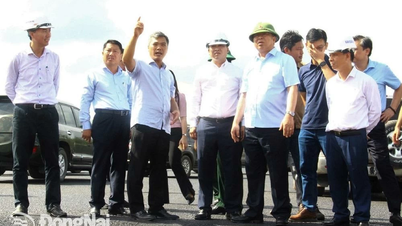

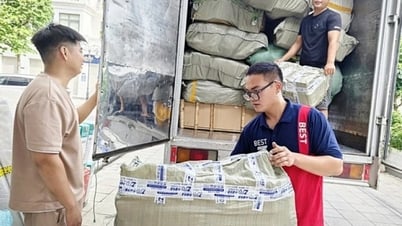



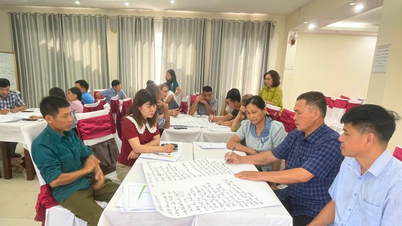

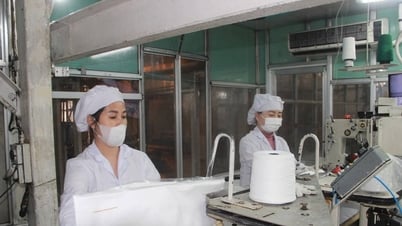

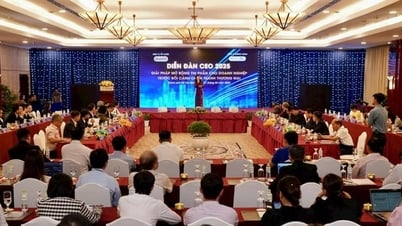








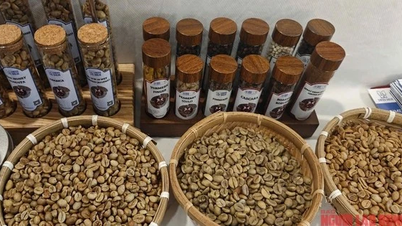
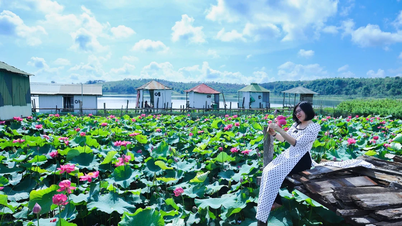

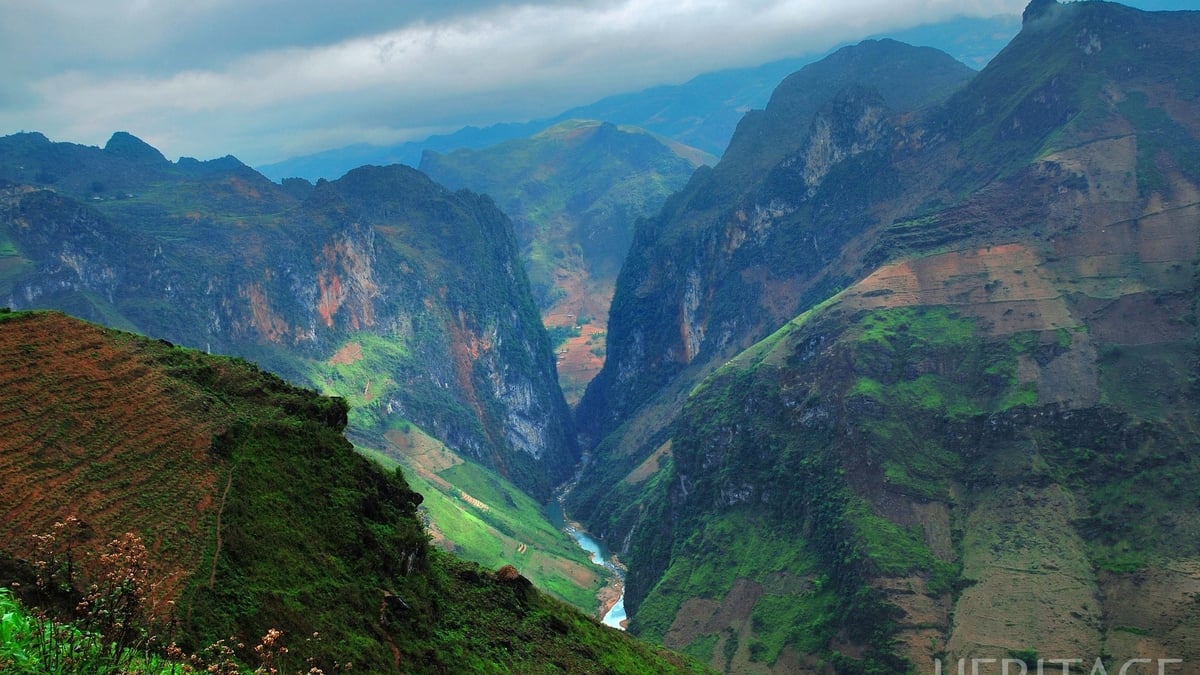










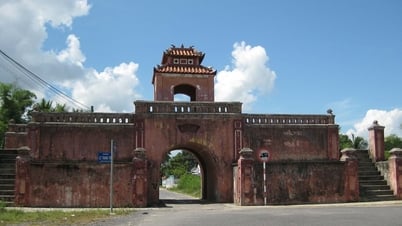


















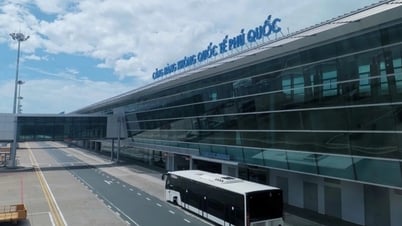
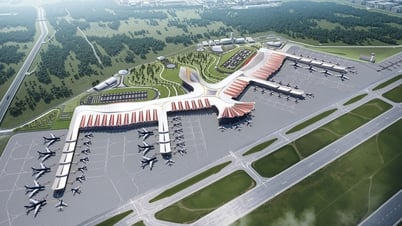





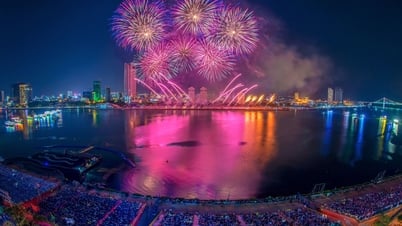

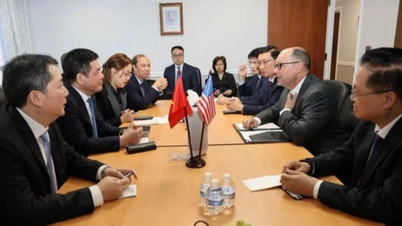


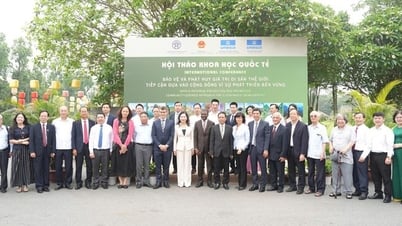
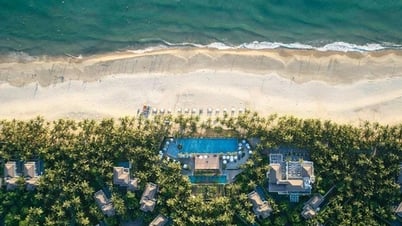
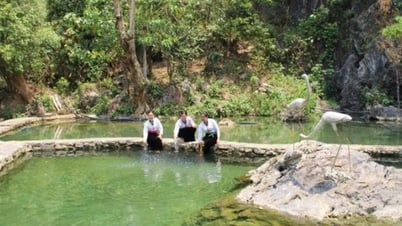


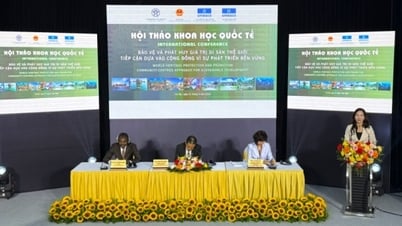
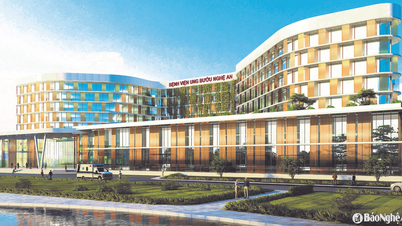
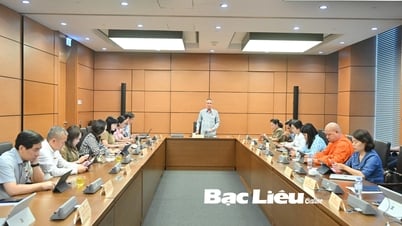








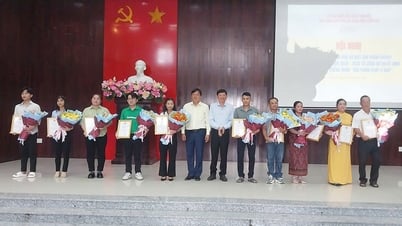



Comment (0)